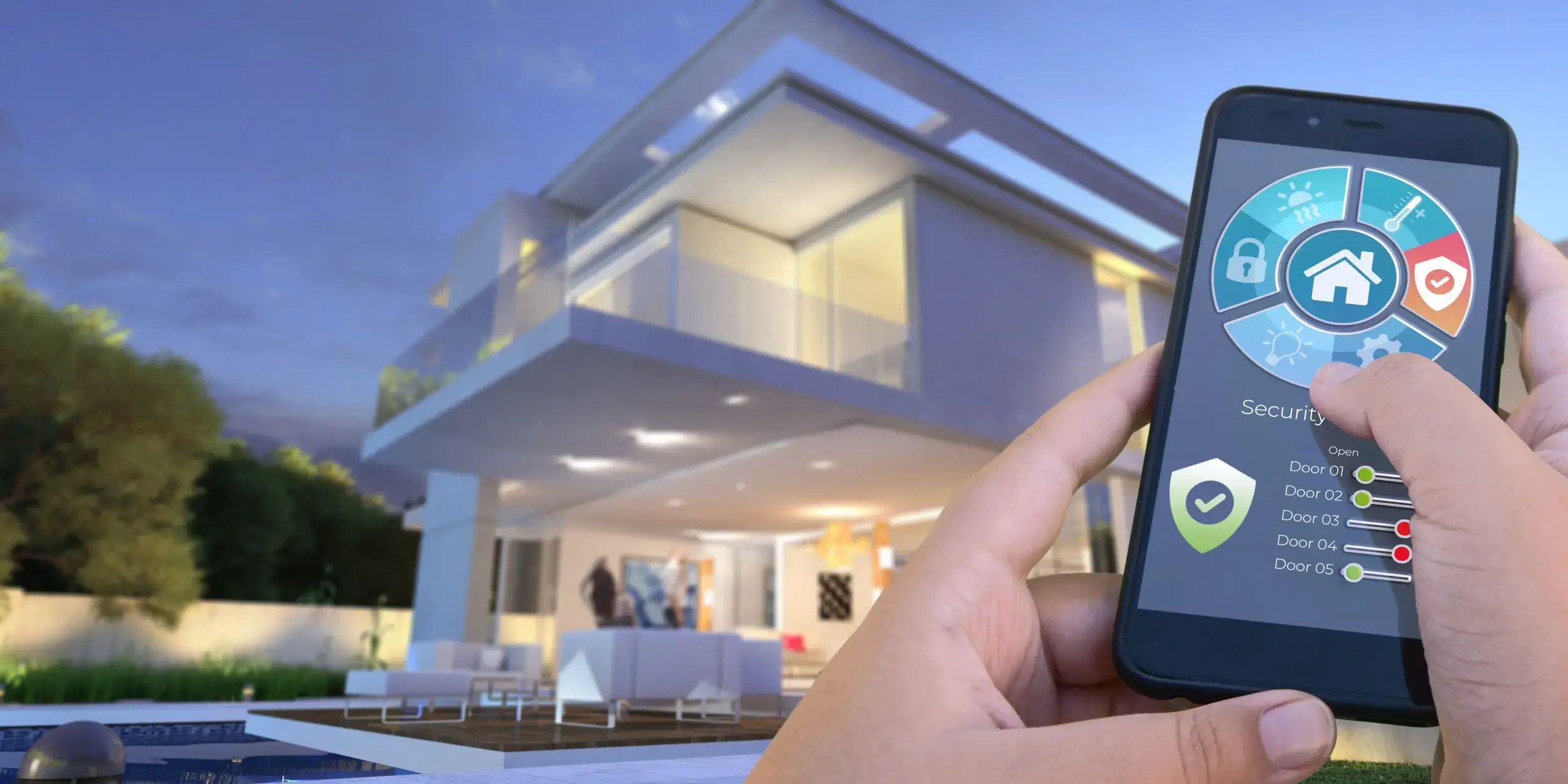In recent years, the concept of sustainable living has gained significant traction, driven by the urgent need to mitigate climate change and reduce environmental impact. In the realm of real estate, green building practices have emerged as a cornerstone of sustainable development. This article explores the principles, benefits, challenges, and future trends of green building practices in modern real estate, highlighting their pivotal role in fostering environmentally responsible and resilient communities.
Contents
Understanding Green Building Practices
1. Definition and Principles of Green Building
Definition
Green building, also known as sustainable building or green construction, refers to the design, construction, and operation of buildings using processes that are environmentally responsible and resource-efficient.
Key Principles
Energy Efficiency: Optimizing energy use through design and technology to reduce carbon footprint.
Water Efficiency: Minimizing water consumption and implementing efficient water management systems.
Material Selection: Choosing sustainable and locally sourced materials to reduce environmental impact.
Indoor Environmental Quality: Enhancing indoor air quality and occupant comfort through proper ventilation and natural lighting.
Site Selection and Land Use: Selecting sites that minimize impact on ecosystems and promote sustainable development practices.
2. Benefits of Green Building Practices
Environmental Benefits
Reduced Carbon Footprint: Lower energy consumption and use of renewable energy sources contribute to reduced greenhouse gas emissions.
Resource Conservation: Efficient use of water and materials conserves natural resources and reduces waste.
Biodiversity Preservation: Sustainable site development practices protect natural habitats and promote biodiversity.
Economic Benefits
Operational Cost Savings: Energy-efficient buildings typically have lower utility bills and operational costs over their lifespan.
Increased Property Value: Green buildings often command higher resale values and rental rates due to their lower operating costs and desirable features.
Government Incentives: Financial incentives and tax benefits are often available for green building projects, encouraging adoption.
Social Benefits
Improved Health and Well-being: Enhanced indoor air quality and natural lighting contribute to better occupant health and productivity.
Community Engagement: Green buildings foster a sense of community and promote sustainable lifestyles among residents.
Resilience to Climate Change: Buildings designed with climate resilience in mind are better equipped to withstand extreme weather events and disruptions.
Implementation of Green Building Practices
1. Design and Construction Phase
Integrated Design Approach
Building Orientation: Optimizing building orientation for solar gain and natural ventilation.
Passive Design Strategies: Incorporating passive heating and cooling techniques to reduce reliance on mechanical systems.
Energy-Efficient Systems: Installing high-efficiency HVAC systems, lighting, and appliances to minimize energy consumption.
Water-Efficient Fixtures: Using low-flow fixtures, greywater systems, and rainwater harvesting to conserve water.
2. Materials and Resources
Sustainable Materials
Recycled and Reclaimed Materials: Incorporating recycled content and reclaimed materials into construction to reduce embodied carbon.
Locally Sourced Materials: Choosing materials sourced from nearby regions to minimize transportation emissions.
Certified Wood: Using wood from sustainably managed forests certified by programs like FSC (Forest Stewardship Council).
3. Operations and Maintenance
Building Management Practices
Energy Monitoring and Optimization: Implementing energy management systems to monitor and optimize energy use.
Green Cleaning Practices: Using environmentally friendly cleaning products and practices to maintain indoor air quality.
Occupant Education: Educating building occupants on energy-saving practices and sustainable living habits.
Challenges and Considerations
1. Upfront Costs
Initial Investment
Cost Premium: Green building practices may involve higher upfront costs compared to conventional construction.
Long-Term Savings: Despite higher initial costs, green buildings typically offer long-term financial savings through reduced operating expenses.
2. Certification and Standards
Green Building Certifications
LEED Certification: Leadership in Energy and Environmental Design (LEED) certification sets standards for sustainable building design, construction, and operation.
Other Certifications: BREEAM (Building Research Establishment Environmental Assessment Method) and Green Star are other international certifications promoting green building practices.
3. Regulatory Environment
Building Codes and Regulations
Compliance: Adhering to local building codes and regulations that promote energy efficiency and environmental sustainability.
Policy Support: Advocating for policies that incentivize and mandate green building practices to accelerate adoption.
Future Trends in Green Building
1. Net-Zero Energy Buildings
Energy Efficiency Goals
Net-Zero Energy: Buildings that produce as much energy as they consume over the course of a year, through renewable energy sources and energy efficiency measures.
Zero Carbon Buildings: Achieving zero carbon emissions from building operations through energy-efficient design and renewable energy integration.
2. Technological Innovations
Smart Building Technologies
IoT Integration: Using Internet of Things (IoT) devices for real-time monitoring and control of building systems.
AI and Machine Learning: Leveraging AI algorithms to optimize building performance and predict maintenance needs.
3. Circular Economy Principles
Resource Efficiency
Lifecycle Assessment: Considering the environmental impact of materials and products throughout their lifecycle, from extraction to disposal or reuse.
Building Deconstruction: Designing buildings for disassembly to facilitate material recovery and recycling at the end of their lifespan.
Green building practices represent a pivotal shift towards sustainable living and responsible environmental stewardship in the real estate sector. By integrating energy efficiency, resource conservation, and health-focused design principles, green buildings not only minimize environmental impact but also enhance economic performance and occupant well-being.
As the demand for sustainable living continues to grow, embracing green building practices is essential for creating resilient and thriving communities in the face of global environmental challenges. Through collaboration among stakeholders, including developers, policymakers, and residents, the adoption of green building practices can pave the way for a more sustainable future in modern real estate.


